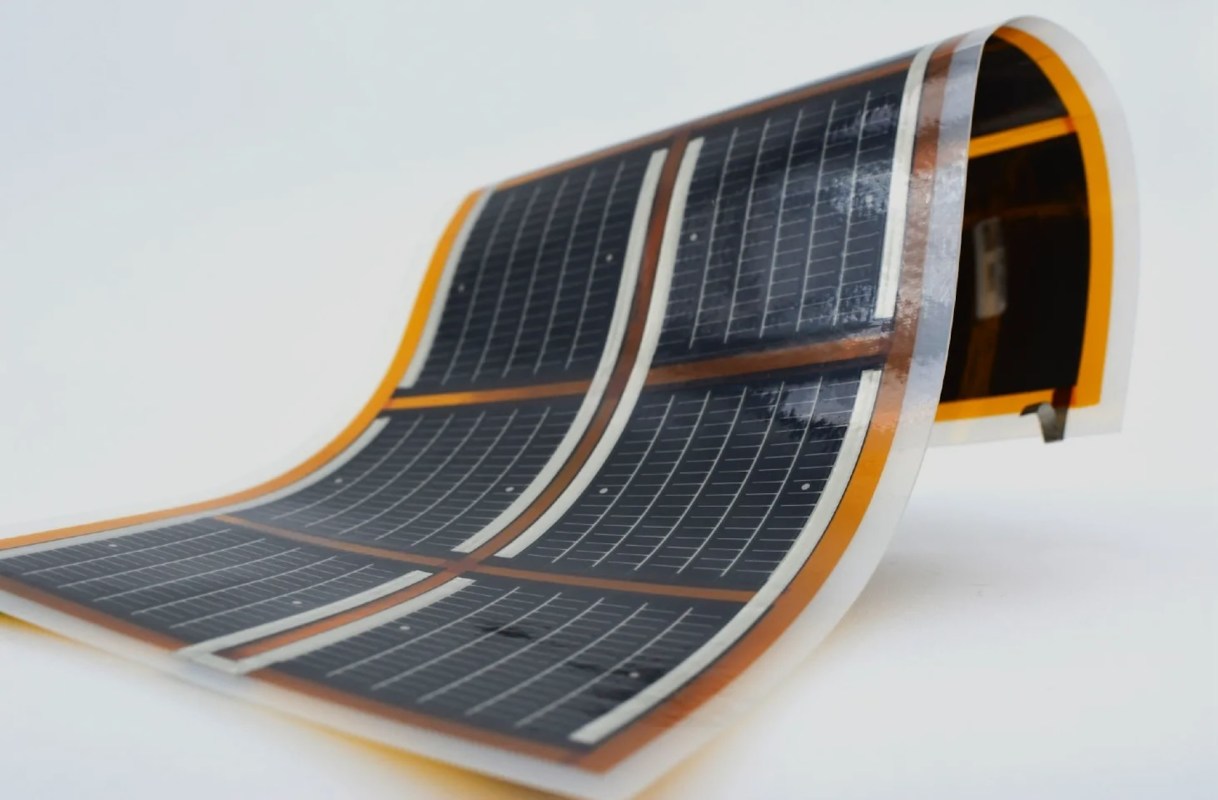Ascent Solar's thin and flexible sun-catching film is set to continue out-of-this-world testing on NASA craft this year.
It's a unique crossroads of the latest in solar cell tech and advanced NASA spacecraft, part of an ongoing study into optimizing how the renewable energy source can power small vessels, among other scientific breakthroughs, according to a story from Electrek.
NASA is using the film as part of the Lightweight Integrated Solar Array project, which is also geared to develop "low-cost power for spacecraft."
"Selection for this upcoming space mission is the culmination of years of Ascent's work with NASA," CEO Paul Warley said in the Electrek report.
The Colorado company's light, bendable solar film is made in part with a copper-indium-gallium-selenide blend. It's a mix of metals that forms a material thinner than a human hair, is shatterproof, and is relatively inexpensive, all per the maker. A photo of the invention shared by Ascent's team looks like a roll of camera film. It also resembles printable, film-like solar cells being developed at Swansea University in Wales, as part of other innovations in the sector.
The Ascent product can be "packaged for any environment," according to the company website, also making it flexible for the customer's needs.
For NASA, that means a solar array that requires less room to store than previous designs. It can also generate three times more energy than other solar panels. Late last year, Ascent made public that plans to release the Titan product for use in space were on schedule. Titan builds on what was learned from prior work with NASA. A module is about 1 square foot and weighs 10 grams. The latest tech's energy efficiency was cited at 17.55%, all per Electrek.
For reference, most solar panels have an efficiency — the percentage of solar energy turned into electricity — of between 15% to 20%, MarketWatch reports.
So far, the Ascent tech testing has included application at the International Space Station. This next step will put the solar array on the small craft while in orbit. The company website references collaboration with the Japan Aerospace Exploration Agency as part of other projects on Ascent's resume.
What's more, the knowledge gained by the NASA and Ascent teams likely won't be limited to space travel. Better, adaptive solar options can only enhance sun-catching ability here on Earth as we transform our energy system.
It all starts with "big power for small spacecraft," as NASA describes it in a project summary.
Join our free newsletter for weekly updates on the coolest innovations improving our lives and saving our planet.









